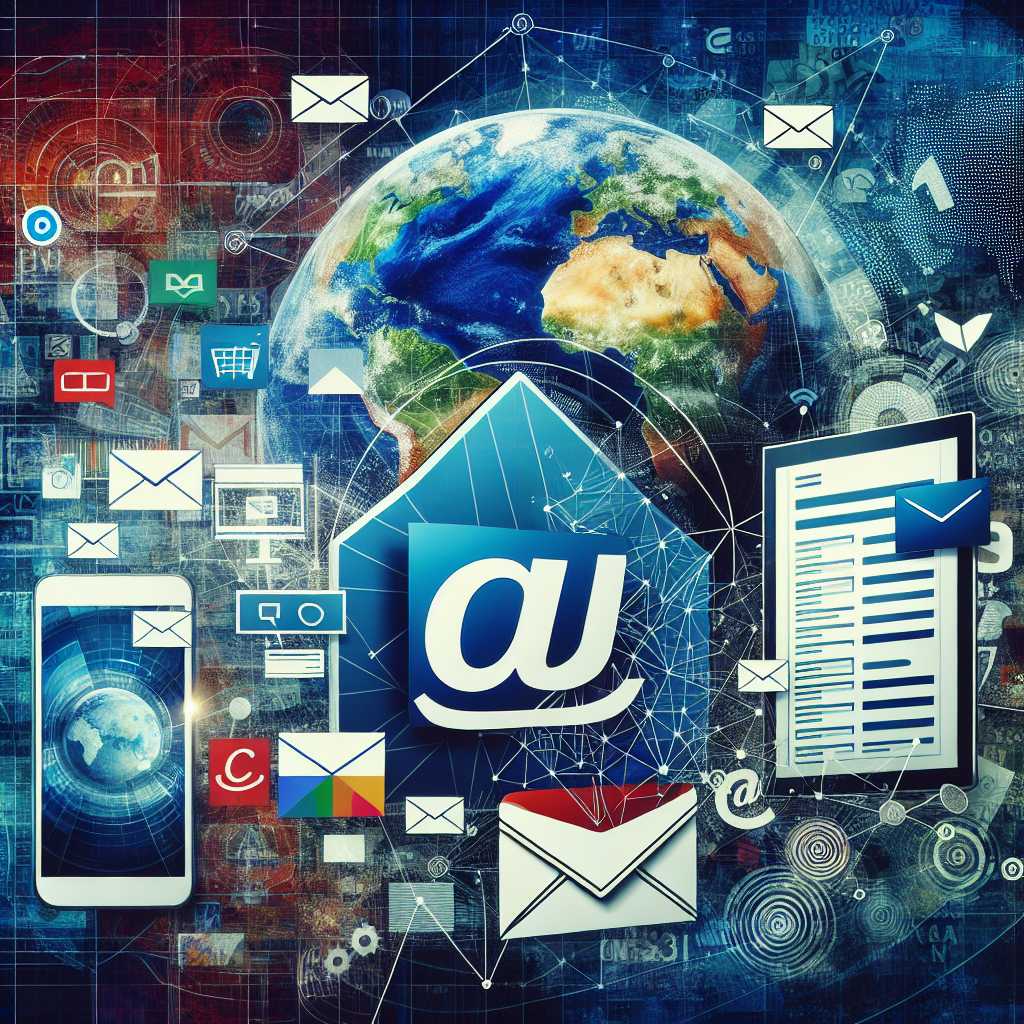A Comprehensive Overview of Gmail: Google’s Revolution in Email Communication
Gmail, which stands for Google Mail, is a free email service developed by Google. Users can access Gmail on the web and through its mobile apps for Android and iOS, as well as through third-party programs that synchronize email content through POP or IMAP protocols. Launched on April 1, 2004, by Paul Buchheit, Gmail has evolved to become one of the most widely used email platforms globally, owing much to its user-friendly interface, robust feature set, and seamless integration with other Google services.
The Evolution of Gmail: Pioneering Innovation in Email Accessibility
Early Days and Initial Impact
Gmail was introduced with a storage capacity of one gigabyte per user, a significantly higher amount than competitors offered at the time. The platform’s developers focused on speed and innovative features like search-oriented functionality and conversations grouping emails by subject line. This marked a departure from the way traditional email services categorized messages by date or sender.
Expansion and Growth
Over the years, Gmail has expanded not only in user base but also in storage capacity, now offering 15 GB of free storage shared across Google Drive, Photos and Gmail itself. Google has continually updated the platform’s features, including the addition of tabs aiming to categorize emails into Primary, Social, and Promotions inboxes automatically.
The Role of Gmail in Productivity and Collaboration
Integrated Suite for Enhanced Productivity
Gmail forms an integral part of Google Workspace (formerly G Suite), which comprises multiple productivity and collaboration tools like Google Docs, Sheets, Calendar, Meet, and more. The ecosystem enables users to manage professional workflows efficiently with shared calendars, documents, and real-time collaboration.
Communication and Tailored User Experience
With in-built chat functionalities and well-integrated video conferencing through Google Meet (previously Hangouts), Gmail has moved beyond being a mere hub for emails. It has addressed the evolving needs of modern communication by introducing Smart Compose and Smart Reply features that employ machine learning to suggest responses and phrases while composing messages.
Security Measures, Privacy Concerns, and Controversies
Advanced Security Features
Given its vast user base, Gmail prioritizes security and has implemented features like two-step verification and suspicious activity alerts. It also filters spams with advanced algorithms that prevent phishing emails and malware from reaching the user’s inbox.
Privacy Considerations
While offering convenience through data integration within Google services, Gmail has also raised privacy concerns. Critics have pointed out that targeted advertising used to involve scanning email content; however, as of 2017, Google stopped this practice for its consumer Gmail service. Google ensures that security policies are stringent but users remain concerned about data protection and privacy across tech platforms.
Services Downtime and Outage Criticisms
Though issues are rare considering its sizeable infrastructure capacity, Gmail has faced criticism during downtimes and service outages affecting global communication given its crucial role for both personal and business activities.
Impact on Society and Business Communication
As an email service provider in the modern era of rapid digital communication, Gmail represents more than just an inbox—it is often the cornerstone around which individuals structure their digital lives. Its availability across platforms promotes more accessible communication outside traditional office settings.
In professional circles especially, the conveniences afforded by Gmail have redefined expectations for corporate communication innovations; unlimited retrieval capabilities from an extensively sizable inbox have changed how history’s relevance can be captured via corporate correspondence.

